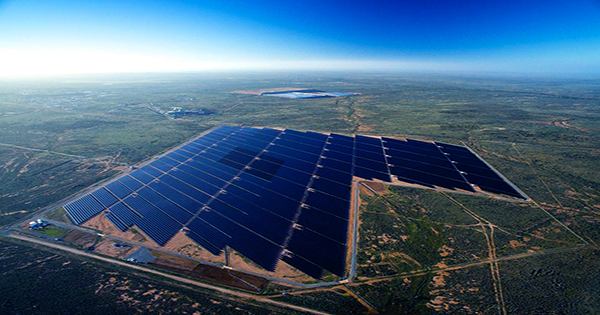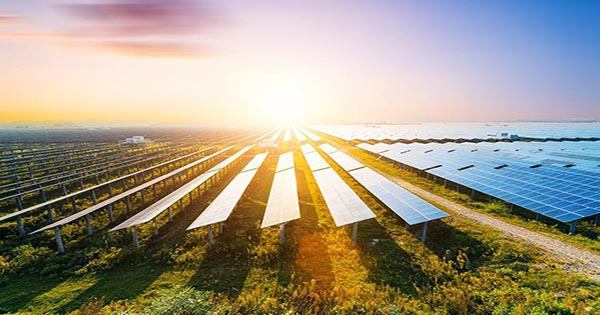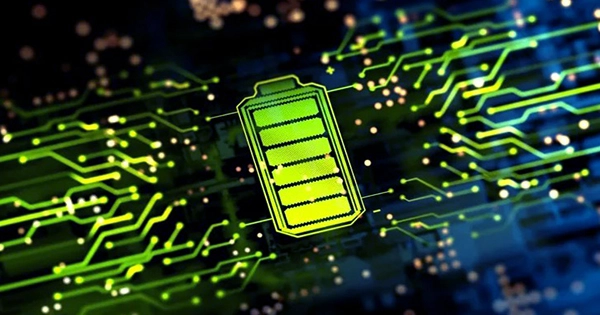Solar cells emit waste heat, which reduces their efficiency, but there is a race to harness it for productive applications. Researchers have discovered a technique to use that heat to absorb water from the air, and they’ve proven the concept works by growing spinach in the Arabian Desert, one of the driest areas on the planet. Many methods have been marketed in recent years to convert water vapor in the air into fresh water, some of which were inspired by animals that used the same methodology initially. Unfortunately, the amount of water these devices can create per square meter is limited, which limits their usage unless they can be combined with another application.
The most effective typically rely on technology that is too costly for the locations where it is most needed. A team from King Abdullah University of Science and Technology offers a possible solution in Cell Reports Physical Science, which involves attaching a hydrogel on the back of solar panels. One of photovoltaic cells’ flaws – that they only convert roughly 20% of the Sun’s energy into power – is turned into a strength in this scheme.

Solar cells emit a lot of waste heat since no solar cell is 100 percent efficient. This can diminish panel performance in hot weather, which is one of the reasons why solar panels are increasingly being installed on reservoirs and canals, where the panels not only prevent evaporation but also keep the water beneath them cold. Researchers in Thuwal, Saudi Arabia, used a hydrogel to coat the backs of two solar panels, which gathers water from the air and evaporates it when it becomes hot.
The concentrated evaporated water condensed into a box below at night and was used to produce spinach, a crop that requires more frequent watering than most. A farmer in a more temperate region would be happy with the 57 seeds that grew to harvestable size out of 60 seeds sowed in the heat of July. The hydrogel might also be used on the underside of other materials — after all, everything exposed to the sun of the Arabian Desert would heat up. When the water evaporates, however, it cools the panels by up to 17 degrees Celsius (30.6 degrees Fahrenheit) in the trial. In comparison to an uncoated panel adjacent, the coated panels produced roughly 10% more electricity.
The combination of simplicity, additional energy, and water in areas where it is scarce might make the combined system, dubbed WEC2P, cost-effective where other kinds of atmospheric water harvesting are not. In a statement, principal author Professor Peng Wang stated, “Our idea creates water out of the air using renewable energy that would have been squandered and is appropriate for decentralized, small-scale farms in distant regions like deserts and oceanic islands.”
Whereas other water-from-air systems are labor-intensive to generate and so may not scale well, WEC2P may be a good fit for bigger enterprises. “Our objective is to build an integrated system of clean energy, water, and food production,” Wang said. “Our design, particularly the water-creation element, sets us apart from current agrophotovoltaics.” The same group has previously utilized waste heat from solar panels to desalinate saltwater, but the new method might work even if there isn’t an ocean nearby.
















